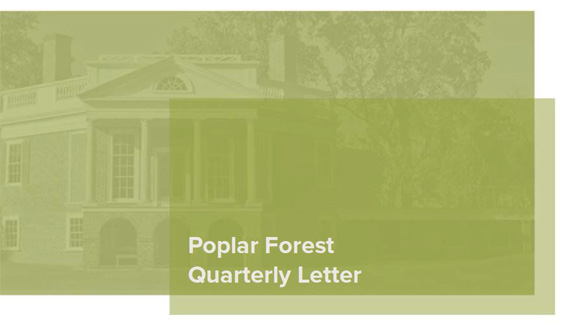March 31, 2020 Quarterly Letter
Poplar Forest Research2020-06-11T19:12:43+00:00I’ve been investing for almost 40 years now, so I’ve lived through many booms and busts, however, I’ve never seen anything quite like the COVID Crash. It took just 20 days for the S&P 500 to fall the 20% required to put us in a bear market. For the first time since 1997, stock market circuit breakers, designed to slow selloffs, were triggered three times in six days. We’ve experienced unprecedented day-to-day volatility: in March, the S&P 500 moved up or down by at least 4% in eight consecutive sessions, eclipsing the old record of six days in 1929. The pace of change is unprecedented.



